Two Sides of Safety
In a time of growing controversy over law enforcement, students’ views on police in schools differ greatly.
Police officers can be found almost anywhere, including North Allegheny’s high school buildings.
September 24, 2020
For today’s students, the presence of police in schools hardly sounds unusual. But not too long ago — and throughout most of the American educational system’s history — police officers were present on campus only for emergencies, heavily attended after-school events, and occasional assemblies on public safety.
In 2018, North Allegheny hired two police officers for both high school buildings. Officer Todd Ray was hired to work as a School Resource Officer at NASH after serving in the military and working as an officer for the McCandless police.
“There’s always been a need for school resource officers, especially now because of where we’re at as far as the number of school shootings that take place throughout the United States each year,” said Officer Ray.
Between 2009 and 2019, there were at least 177 school shootings across the United States.
“Until we all see a decline in that and it’s no longer an issue,” Ray continued, “I feel that there’s always going to be a need for us.”
I know they’re here to keep us safe, but they usually end up causing more fear and harm than they prevent.
— Anonymous student
Although life-threatening violence is not especially common at North Allegheny, Ray thinks that the school should be prepared for even the most unlikely of situations.
“There’s still a number of people showing up to school with knives and guns, though not so much at North Allegheny,” Ray said. “But when you look at the number of shootings that happen throughout the United States, you just hope that that would never happen here.”
Robby Kushon, a junior, believes that students and staff must count on School Resource Officers to protect us from school shootings.
“Who’s going to stop a school shooter if there is one? The police,” Kushon said. “So why wait for them to come to the school when they could already be at the school?”
Julianna Klepzig, a junior, thinks that having a police officer in the building creates an environment that is conducive to the district’s educational mission.
“Having active officers at school lets students know they are safe and makes it easier for them to learn and carry on with their day,” Klepzig said.
However, not all students agree with Kushon and Klepzig. In fact, as the topic of policing has grown more controversial at the national level, following the deaths of George Floyd and Breonna Taylor, some NASH juniors and seniors are questioning the message the district is sending to the community by staffing police officers in its high schools.
“I know they’re here to keep us safe, but they usually end up causing more fear and harm than they prevent,” said one student who asked to remain anonymous.
Who’s going to stop a school shooter if there is one? The police. So why wait for them to come to the school when they could already be at the school?
— Robby Kushon, junior
Zayaan Tirmizi, a junior, believes that the negative effects of police in schools outweigh the benefits.
“I don’t believe it makes sense, from a purely logical standpoint, for our schools to spend money on policing and feeding the school-to-prison pipeline instead of funding programs and placing trust in individuals who are much better equipped to tackle these issues,” Tirmizi said.
Tirmizi acknowledges that the school can prevent dangerous situations before they happen. He elaborated on his view by adding that schools should reallocate funding to separate areas like counseling, implementing proper restorative justice programs, or hiring professionals in the field of teenage development and mental health.

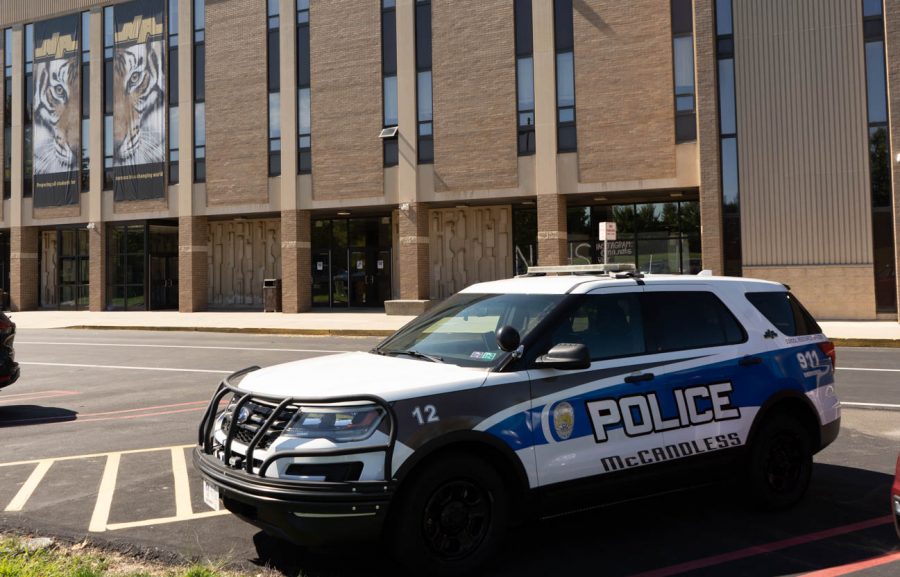

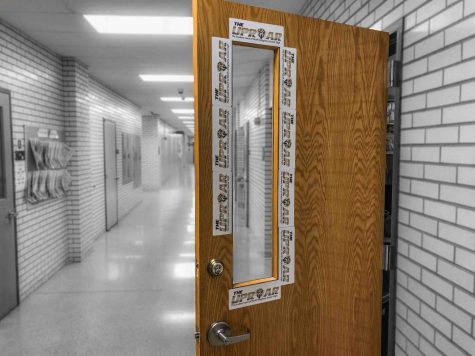
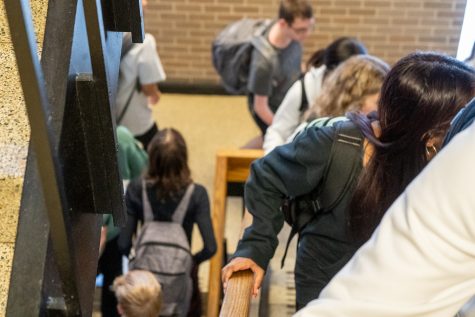
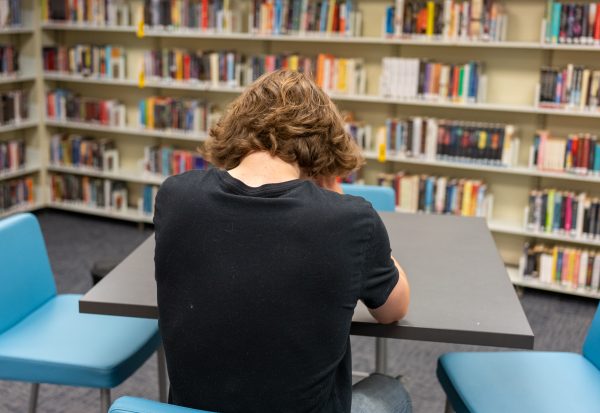

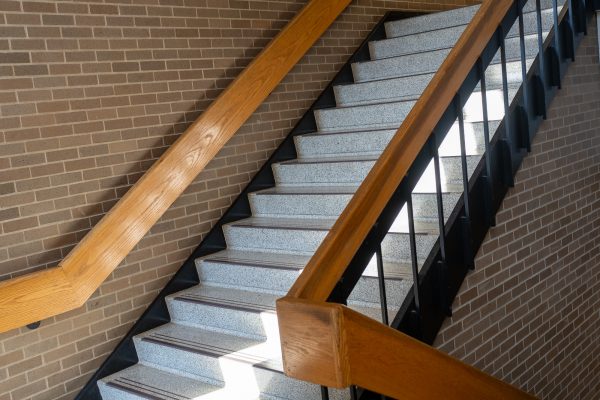
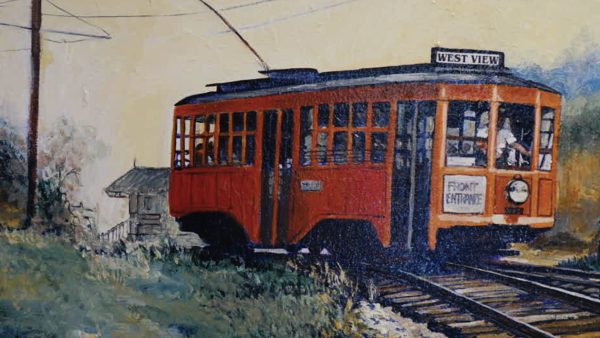
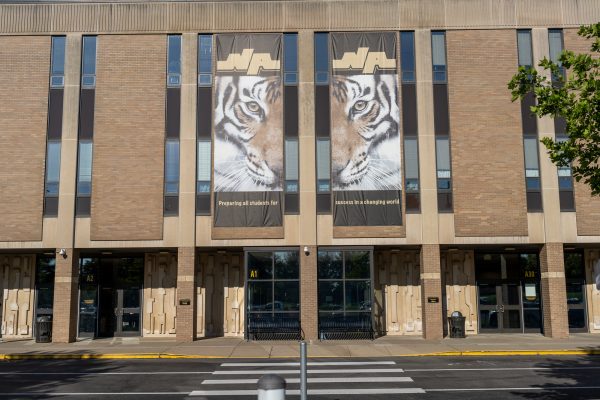

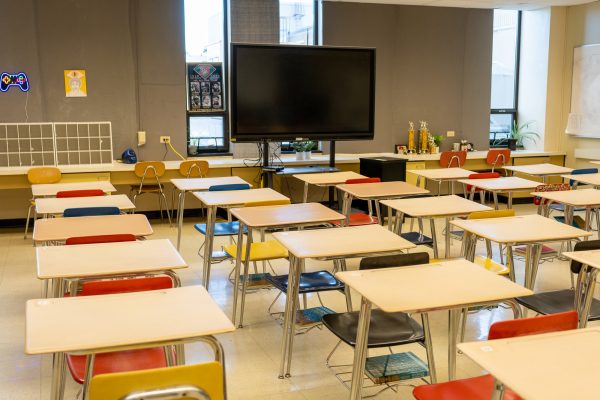
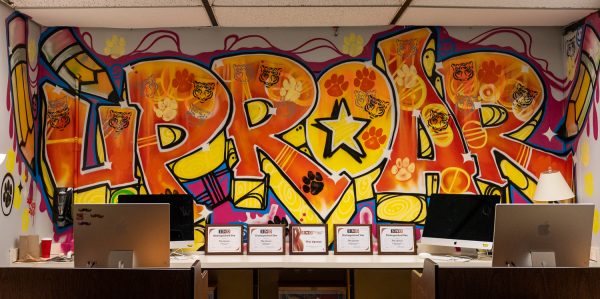
Anon • Sep 24, 2020 at 8:43 pm
Extremely impressive article on an important topic. Well done.
Anonymous • Sep 24, 2020 at 7:44 pm
Very bold article. Especially for a junior to make. Impressive